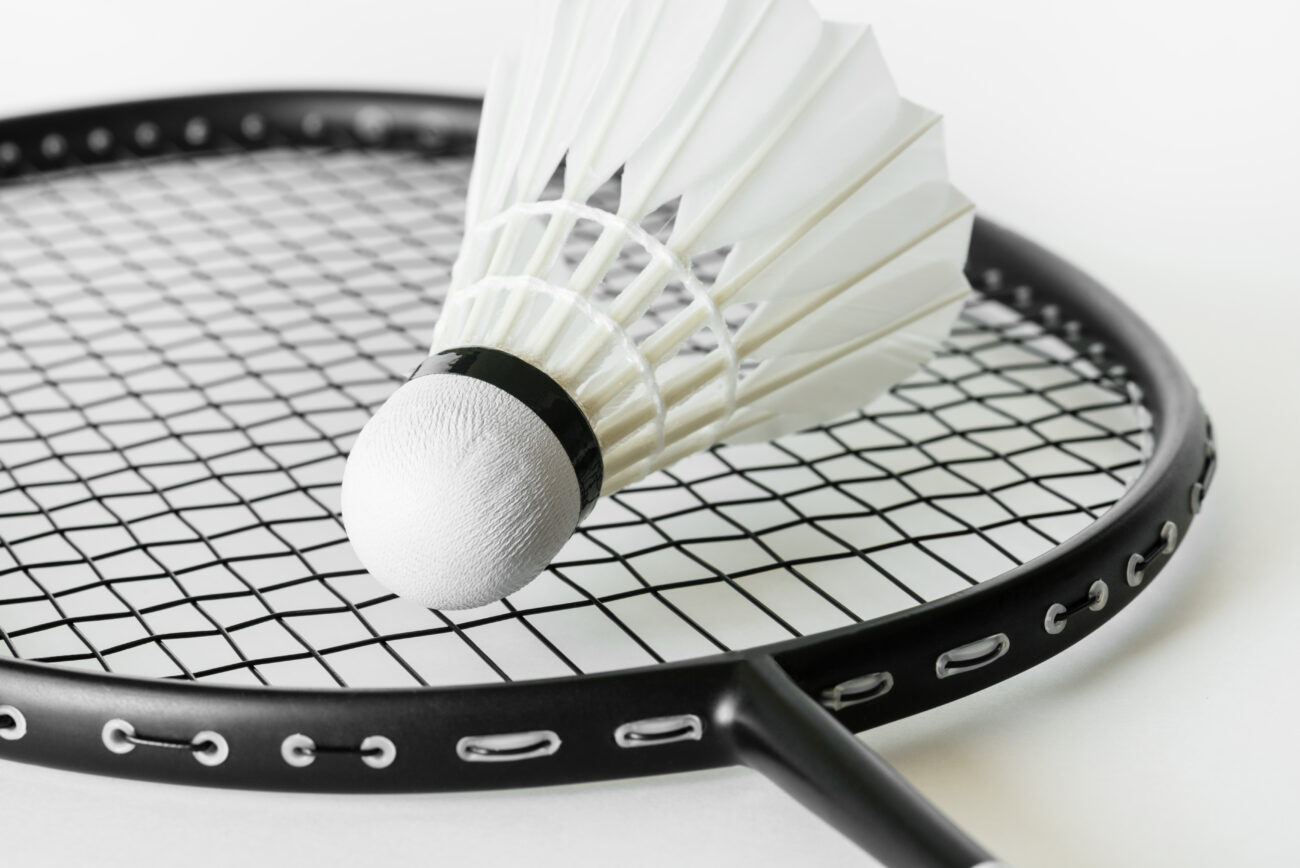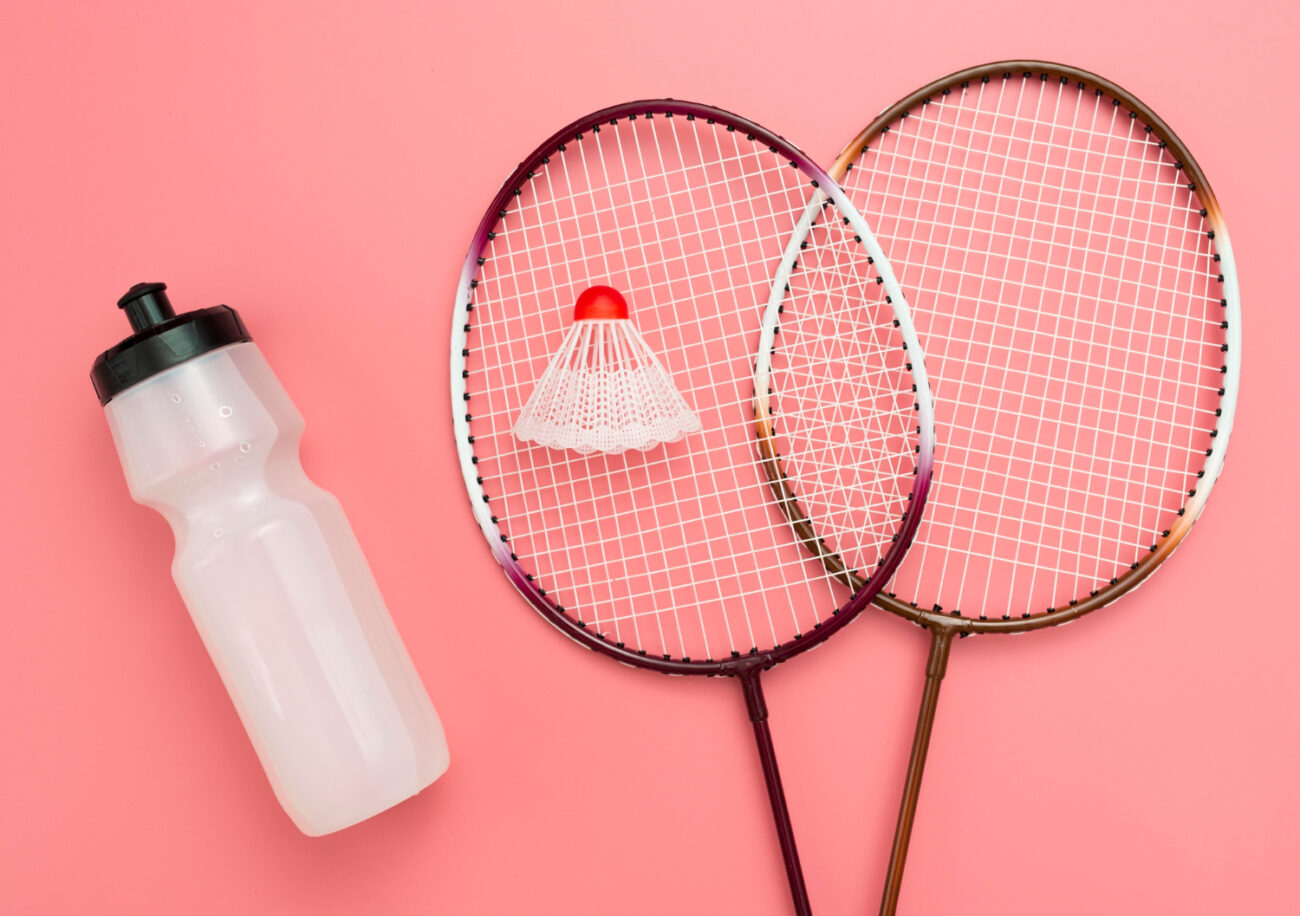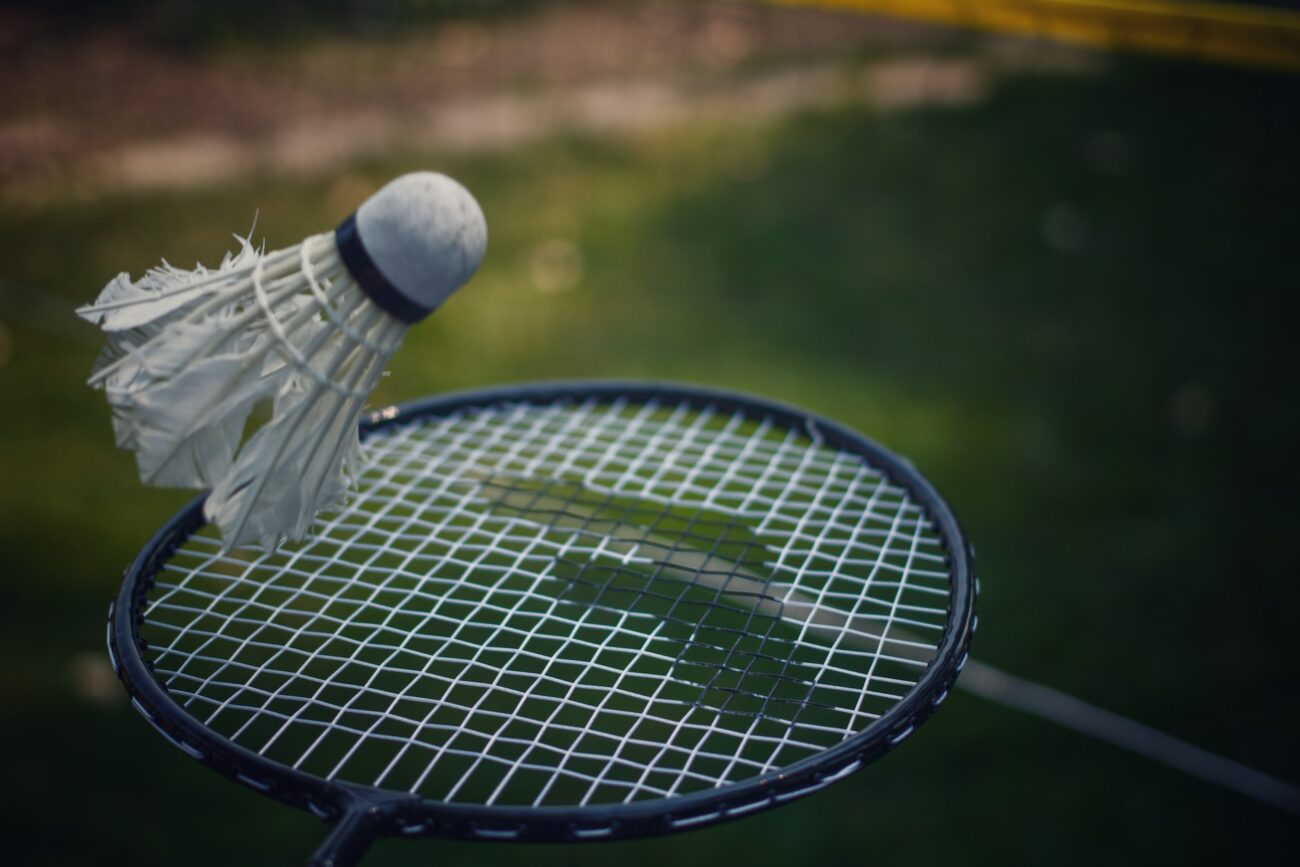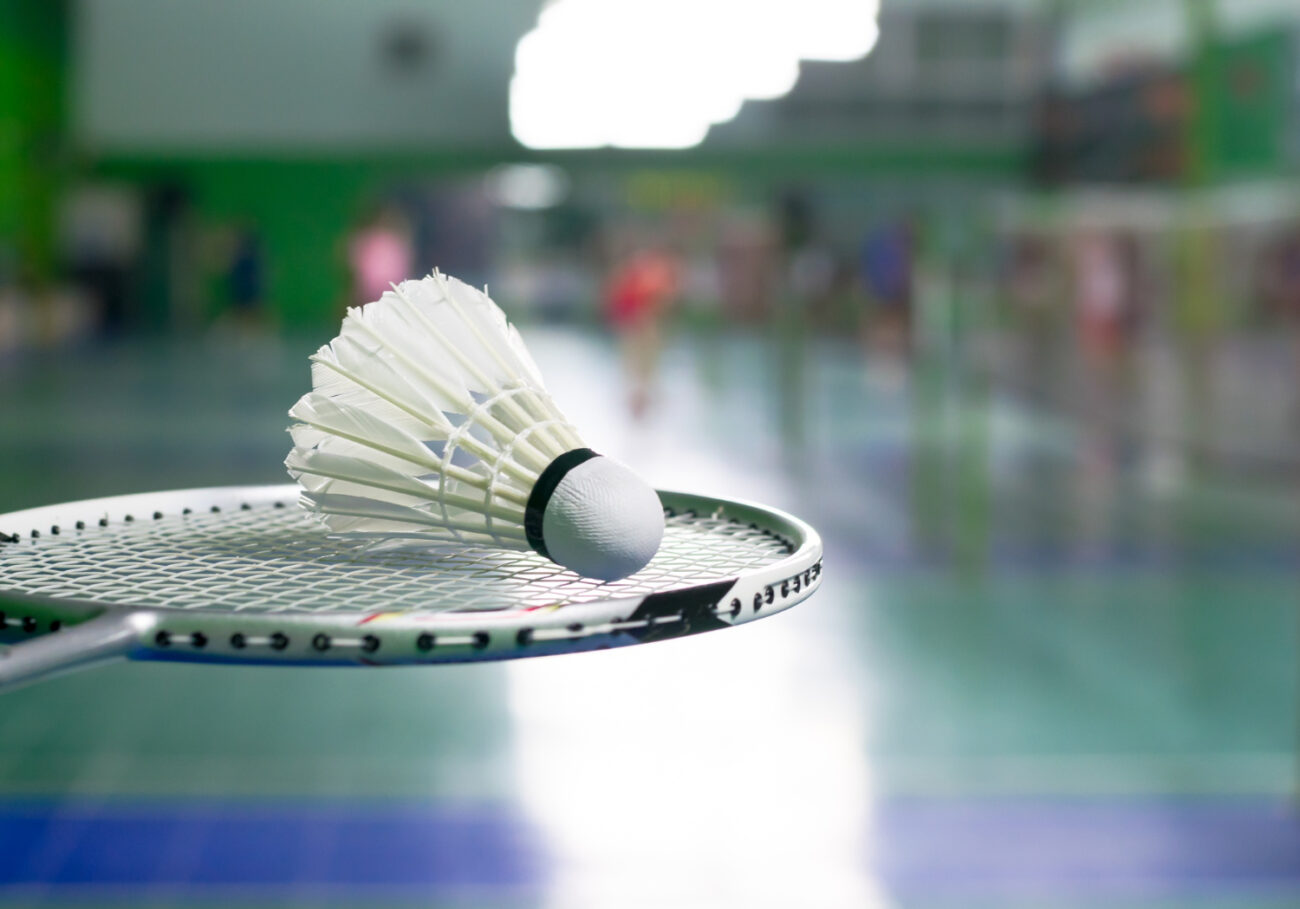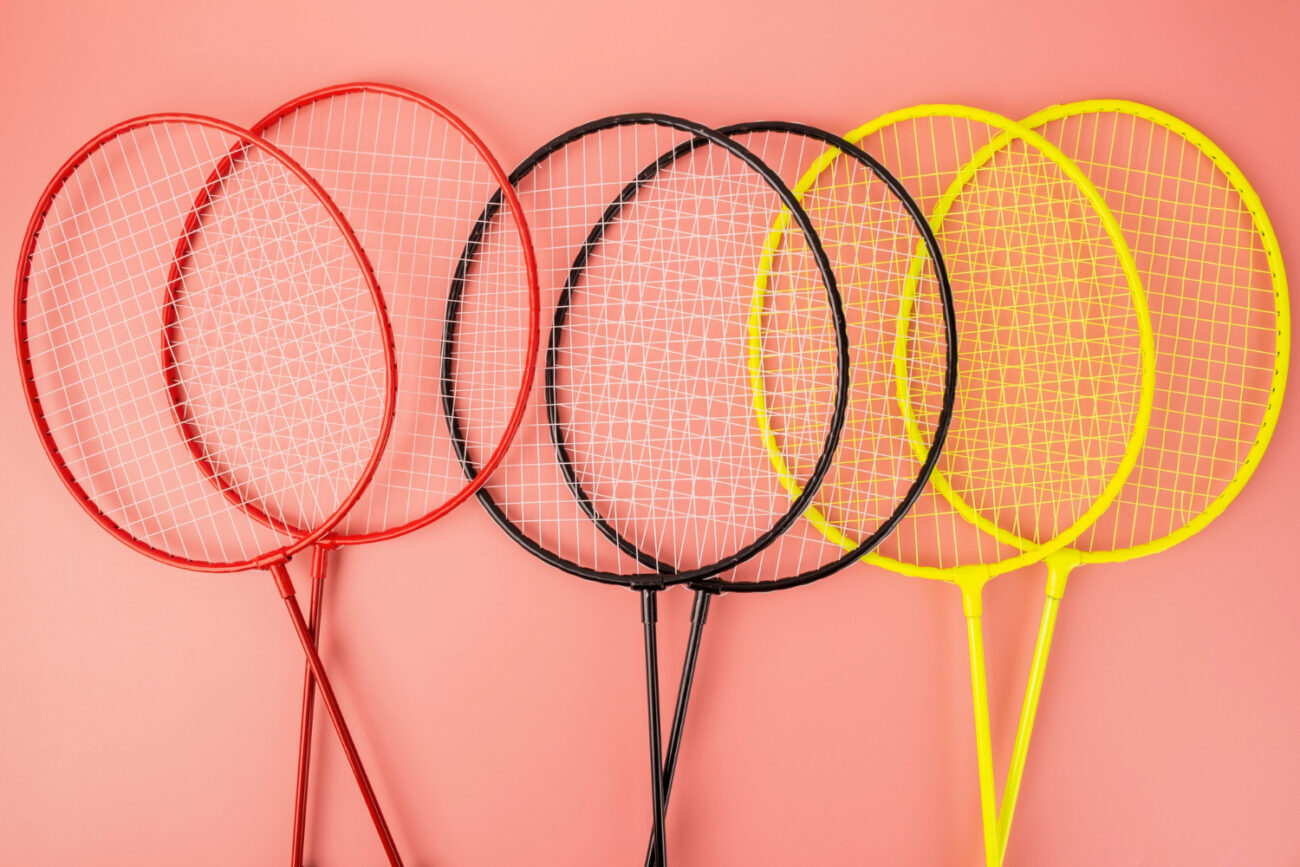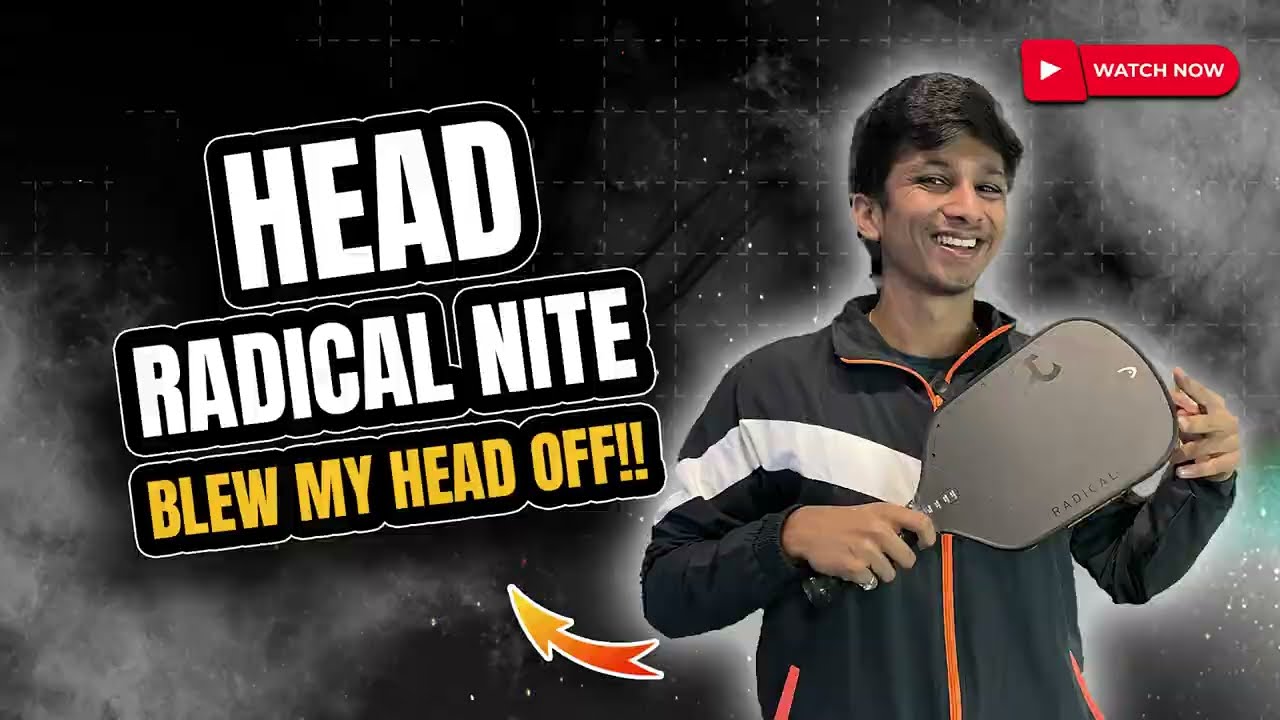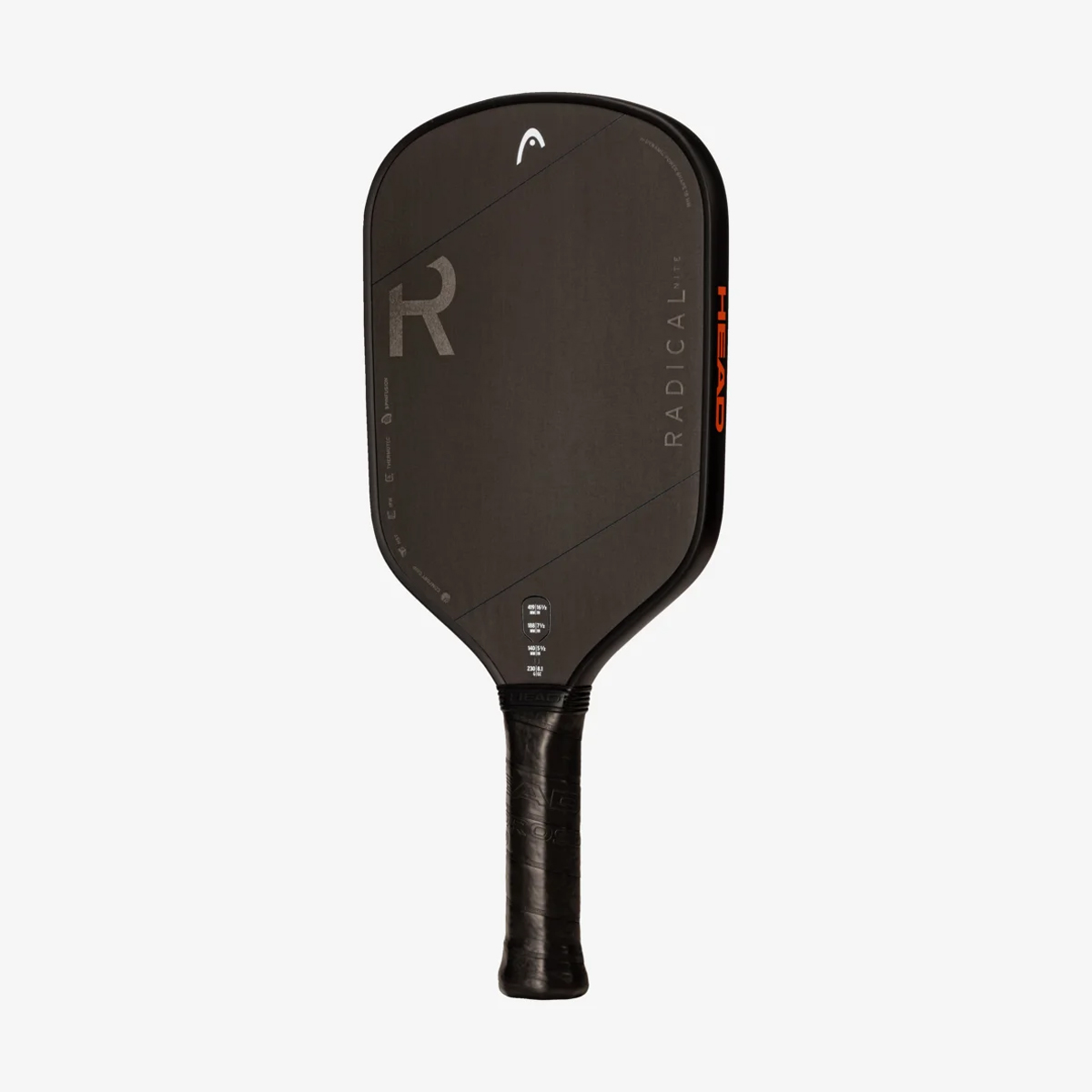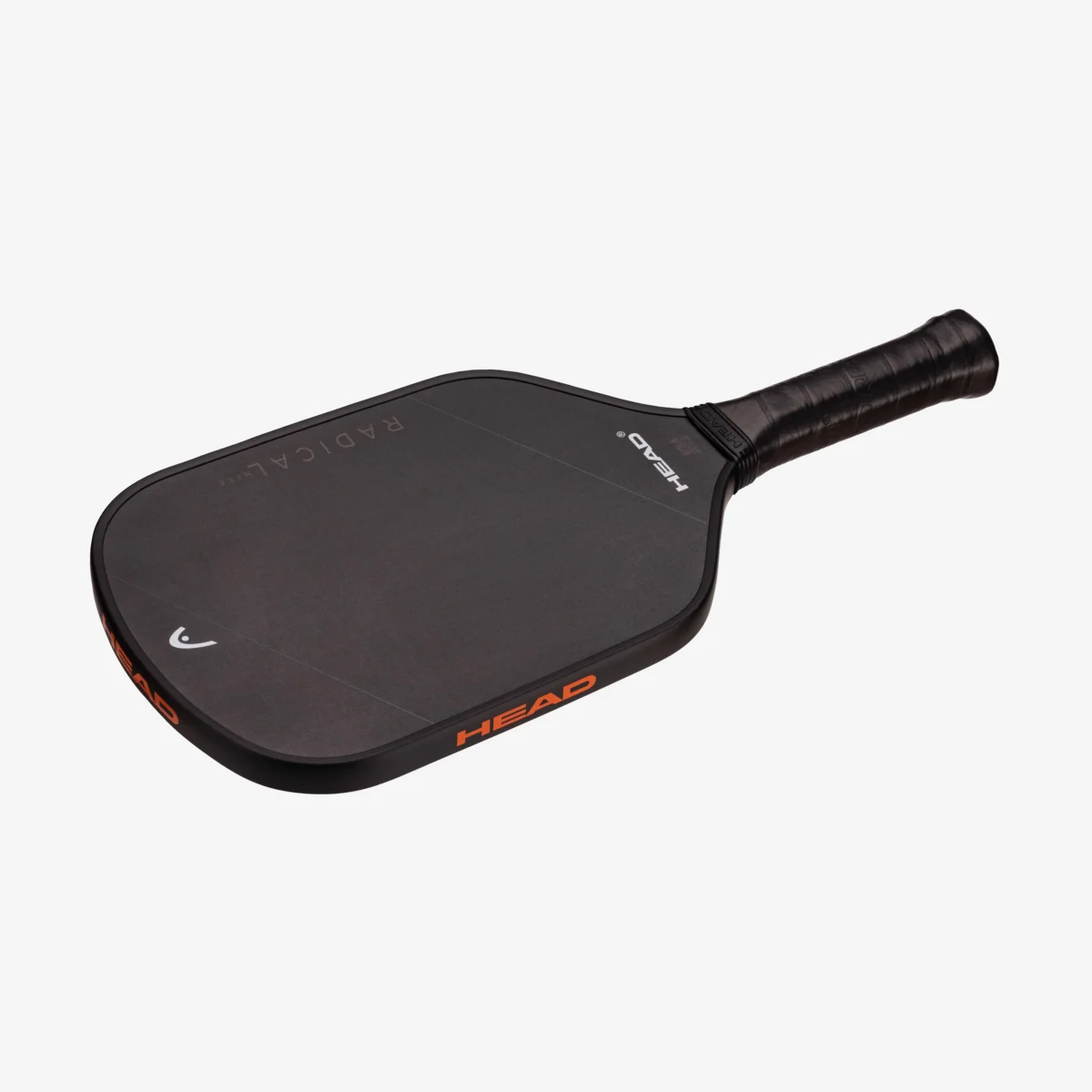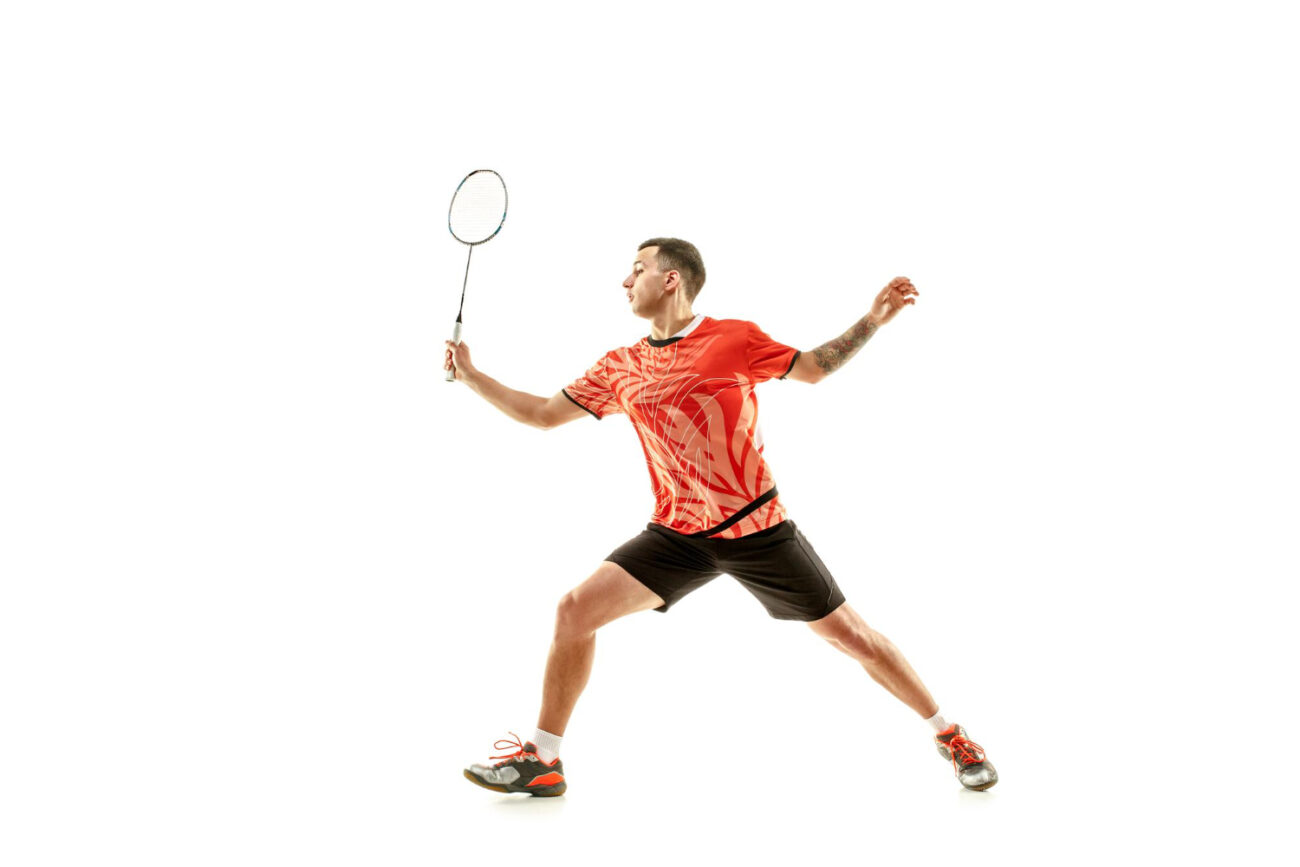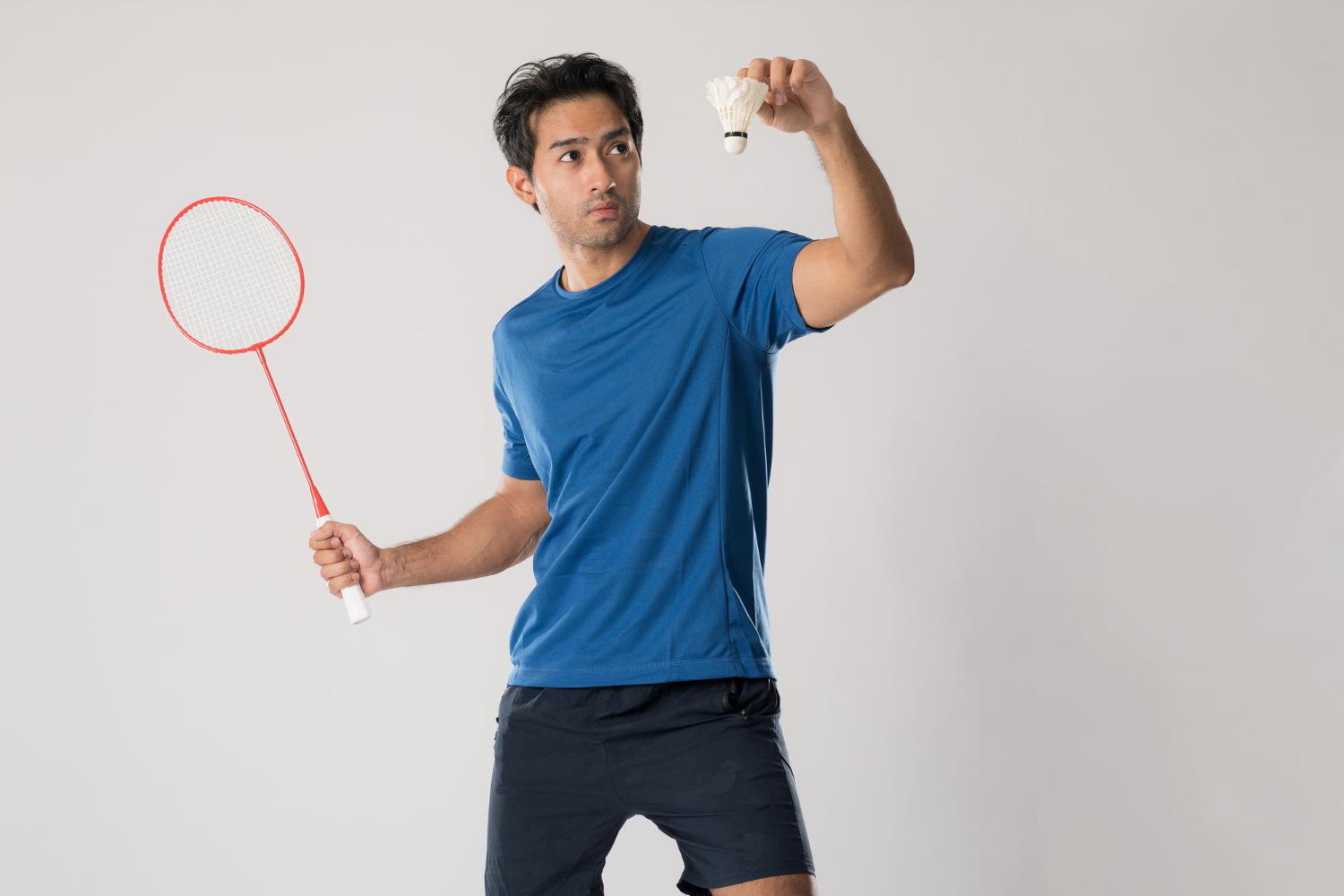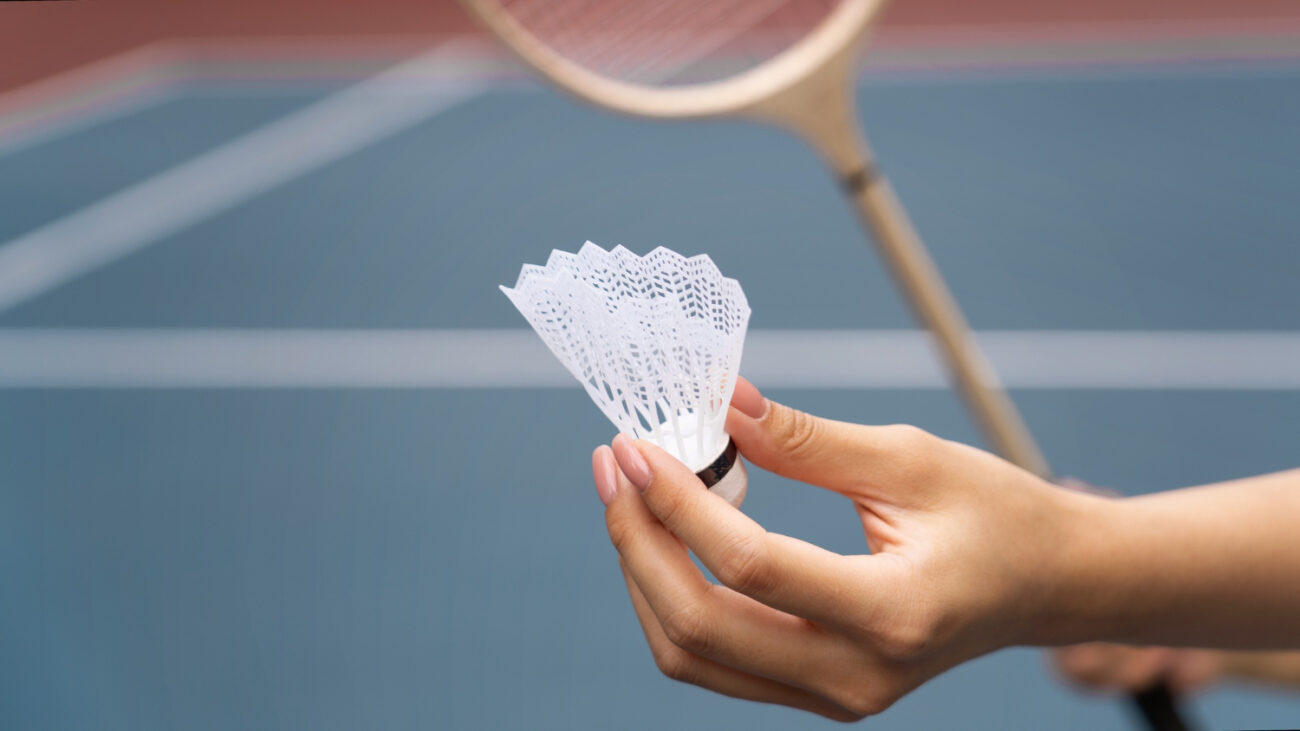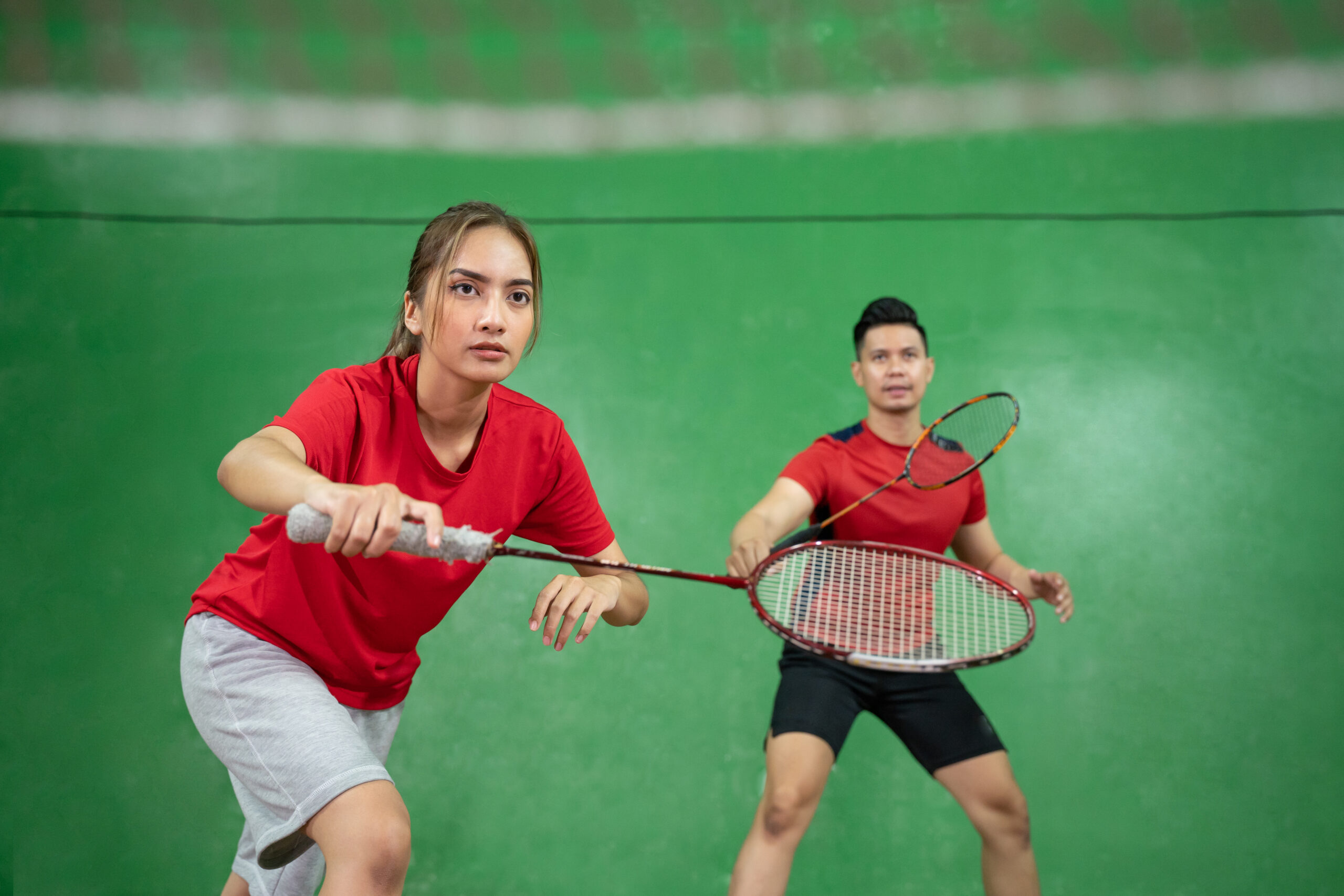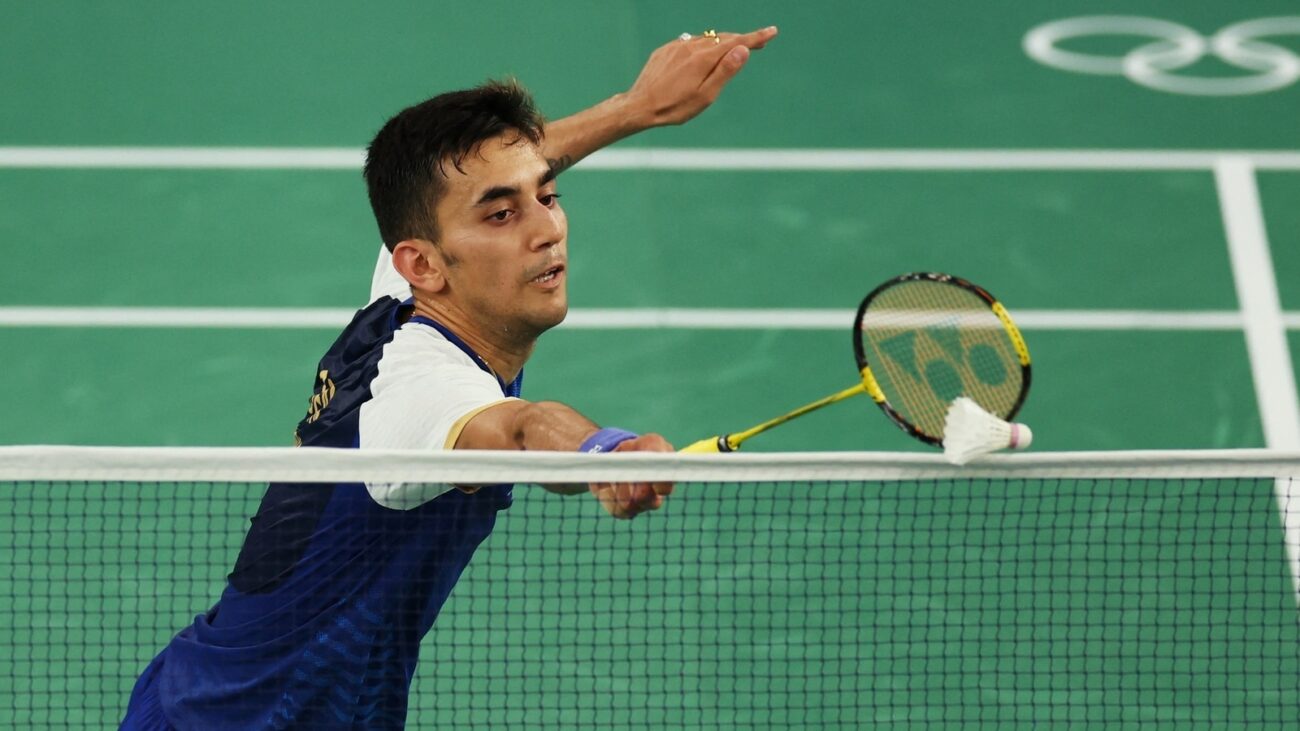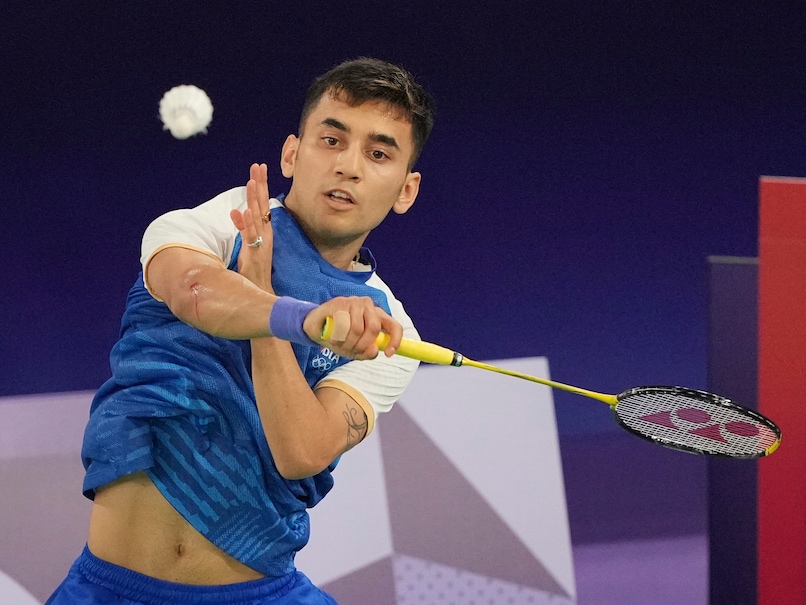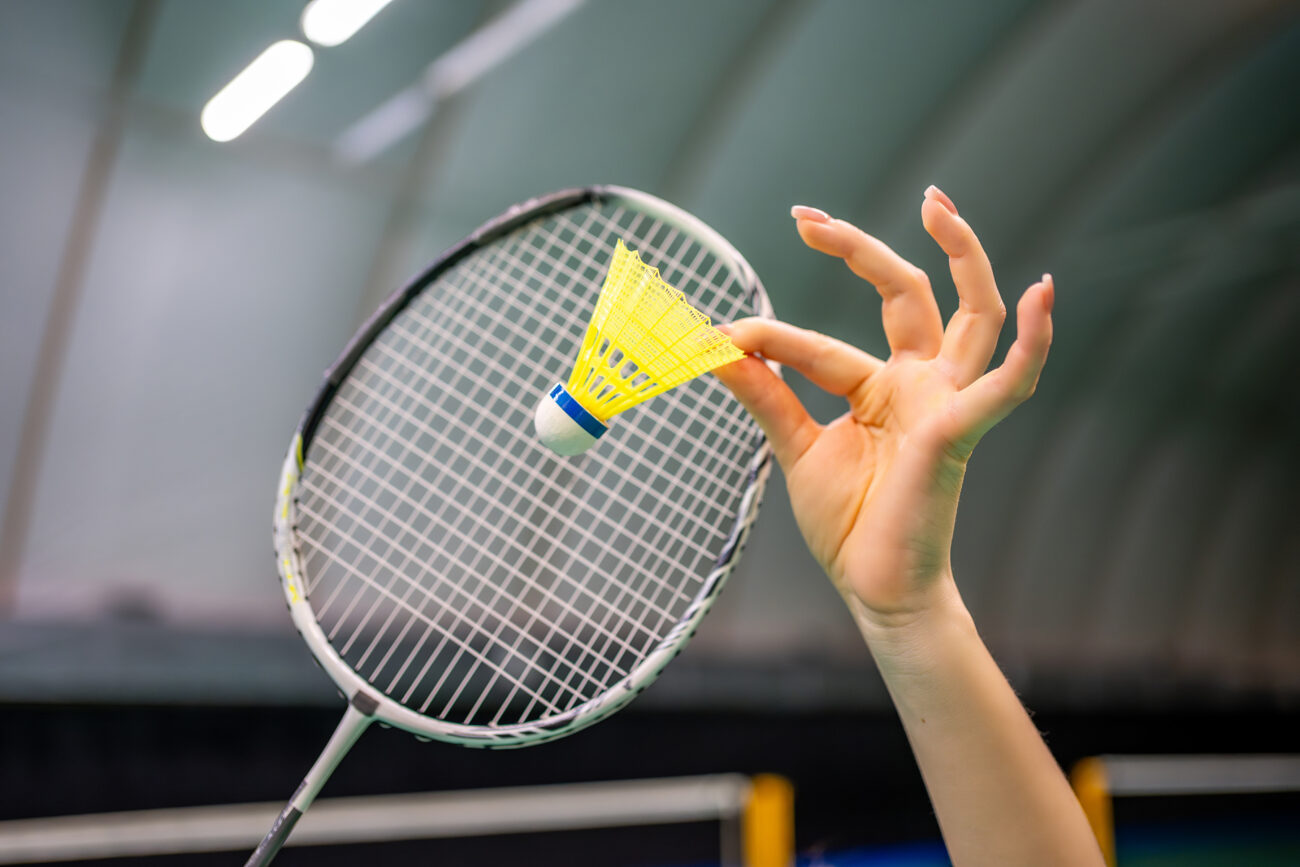Tips to remember before buying badminton shuttlecocks
If you play badminton, you are aware that having the proper gear is crucial to your success on the court. The shuttlecock, sometimes called a birdie, is one of the most important items you will require. Selecting the ideal shuttlecock for your playing style and skill level is crucial. It can be difficult to choose the best shuttlecock because there are so many variations on the market.
We’ll walk you through the characteristics and considerations to make when selecting a shuttlecock that will enhance your gameplay in this post. Discovering the ideal shuttlecock can greatly impact your badminton experience, regardless of your skill level. We will also look at which shuttlecock is best in the market, the weight of the shuttlecock, the feathers in a shuttlecock, etc.
Weight and Measurement of the badminton shuttlecock
The typical weight of a regulation standard shuttlecock is between 4.75 and 5.50 g (0.168 and 0.194 oz). The cork measures 25 to 28 mm (0.98 to 1.10 in) in diameter, and its 16 feathers range in length from 62 to 70 mm (2.4 to 2.8 in). This includes the Shuttlecock lining as well as the Shuttlecock dimensions.
Factors to consider before buying a badminton shuttlecock
- Shuttlecock Type: Feather, Nylon, or Hybrid
- Shuttlecock Speed
- Your Play Level
Type of Shuttlecocks
Three primary kinds of shuttlecocks exist:
1. Feather Shuttlecock
2. Hybrid Shuttlecock
3. Nylon/Plastic Shuttlecock
1. Feather Badminton Shuttlecock:
Features:
Duck or geese feathers are used to make feather shuttlecocks. When compared to plastic shuttlecocks, they are more robust and provide superior flying stability. Feather shuttlecocks are perfect for competition and elite play. They have a cork base that gives the shuttlecock balance and weight.
The cone-shaped arrangement of the feathers aids in lowering air resistance and boosting speed.
Suggestions:
Select shuttlecocks that have more feathers—16 or 17—because they are more stable and long-lasting. For reliable flying performance, look for shuttlecocks with a steady and even dispersion of feathers. When choosing shuttlecocks, keep in mind that the temperature and humidity of your playing area can have an impact on the shuttlecock’s flying qualities. To prevent feather damage, keep your shuttlecocks in a dry, cold place. Reputable companies that manufacture feather shuttlecocks of superior quality include Li-Ning, RSL, and Yonex. Finally, to guarantee the authenticity and quality of shuttlecocks, only buy them from a reliable vendor.
2. Nylon/Plastic Shuttlecock:
Features:
Usually, synthetic materials are used to make nylon or plastic shuttlecocks. They are perfect for casual or beginning play and are less costly than feather shuttlecocks. Shuttlecocks made of nylon are more resilient than those made of plastic. They are perfect for outdoor play because they are less impacted by variations in humidity and temperature. During flight, nylon shuttlecocks’ plastic skirts and foam or rubber bases offer stability and balance.
Suggestions:
Select shuttlecocks that are heavier and have a higher speed rating for improved stability and playability.
To avoid damage from repeated games, look for shuttlecocks with a sturdy skirt material. When choosing shuttlecocks, take the playing environment into account. Since nylon shuttlecocks are unaffected by variations in humidity and temperature, they are perfect for outdoor play.
To keep the skirt and base of your shuttlecocks from getting damaged, keep them in a cool, dry location. High-quality shuttlecocks made of nylon or plastic are produced by brands like Yonex, HEAD, and Li-Ning. Finally, to guarantee the authenticity and quality of shuttlecocks, only buy them from a reliable vendor or from our website God of Sports where we sell the best shuttlecocks, best feather shuttlecocks, Yonex badminton shuttlecocks, etc.
3. Hybrid Shuttlecock:
Features:
Feathers and synthetic fibers, typically nylon, are combined to create hybrid shuttlecocks. They offer a balance between flight performance and durability. Like feather shuttlecocks, hybrid shuttlecocks have a cork or foam foundation for balance and weight. While the feathers offer enhanced flight stability and a better feel, the synthetic skirt offers longevity and uniformity in flight. Players who seek a shuttlecock that is more durable than feather shuttlecocks yet delivers greater flying performance than nylon shuttlecocks can use hybrid shuttlecocks.
Suggestions:
Compared to shuttlecocks with fewer feathers, those with more feathers feel better and offer more swinging consistency. For reliable flying performance, look for shuttlecocks with a steady and even dispersion of feathers. When choosing shuttlecocks, keep in mind that the temperature and humidity of your playing area can have an impact on the shuttlecock’s flying qualities. To keep the feathers and skirt from getting damaged, keep your shuttlecocks in a cool, dry location.
Shuttlecock Speed
You should choose the Yonex Mavis 10 Badminton Shuttlecock since it is the most fashionable and well-liked shuttlecock among recreational players in India. Nevertheless, if you are uncertain about how to choose the shuttlecock in terms of speed. For more information, let’s go on to the following context.
Selecting a shuttlecock that can travel the right distance on the badminton court at the right speed is essential for optimal performance.
Under typical circumstances, the fast shuttlecock will go in the opposite direction, that is, it will travel farther with greater speed, while the slow shuttlecock will drop under a short distance and have slow speed.
Which shuttlecock is used in international badminton matches?
The official shuttlecock used in several international badminton competitions is the Yonex Aerosensa. The shuttlecocks are made to perform consistently in terms of stability, speed, and distance.
Which Badminton Shuttlecock is best?
The Yonex Shuttlecock is usually the most high-selling product in India. You can also find different products on our website. Along with Yonex, Adidas, Babolat, RSL and Li-Ning Shuttlecocks are also available on our website.

